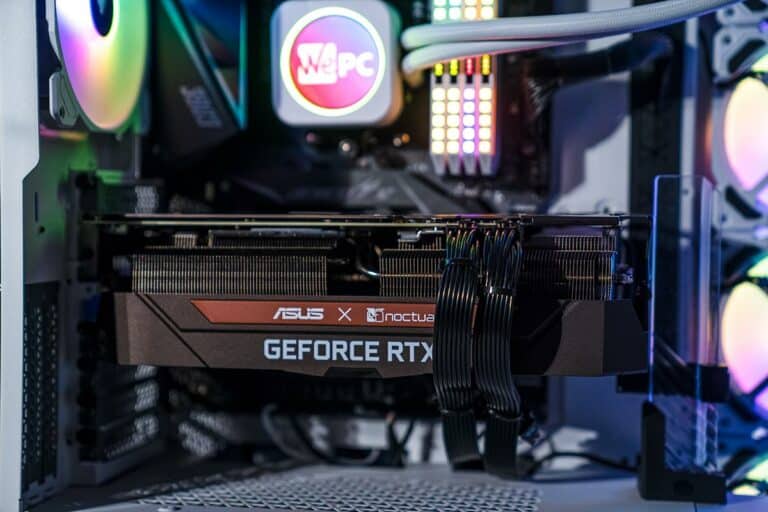If your laptop feels sluggish, unresponsive, or just not as snappy as it once was, Windows Task Manager can help you pinpoint and resolve performance issues. This built-in tool provides real-time insights into your system’s resource usage, allowing you to identify and manage processes that may be slowing down your laptop.
In this guide, we’ll walk you through step-by-step methods to utilize Task Manager effectively and enhance your laptop’s performance.
Step 1: Accessing Task Manager
There are several ways to open Task Manager:
- Keyboard Shortcut: Press Ctrl + Shift + Esc to open Task Manager directly.
- Ctrl + Alt + Delete: Press Ctrl + Alt + Delete and select “Task Manager” from the options.
- Right-Click Taskbar: Right-click on the taskbar and choose “Task Manager.”
- Start Menu Search: Click on the Start menu, type “Task Manager,” and press Enter.
Once opened, if you see a simplified view, click on “More details” at the bottom to access the full interface.
Step 2: Identifying Resource-Heavy Processes
In the Processes tab, you’ll see a list of running applications and background processes, along with their CPU, Memory, Disk, and Network usage.
- Sort by Resource Usage: Click on the column headers (e.g., CPU, Memory) to sort processes by their resource consumption. This helps identify which applications are using the most resources.
- End Unnecessary Processes: If you notice a non-essential application consuming excessive resources, right-click on it and select “End Task.” Be cautious not to end system-critical processes.
Regularly monitoring and managing these processes can free up system resources and improve performance.
Step 3: Managing Startup Programs
Too many programs launching at startup can slow down your laptop’s boot time.
- Navigate to Startup Tab: In Task Manager, click on the Startup tab.
- Disable Unnecessary Programs: Review the list of startup programs. Right-click on any non-essential program and select “Disable.” This prevents the program from launching automatically at startup.
Disabling unnecessary startup programs can significantly reduce boot time and free up resources.
Step 4: Monitoring System Performance
The Performance tab provides real-time graphs and statistics for CPU, Memory, Disk, and Network usage.
- Identify Bottlenecks: High usage in any of these areas can indicate a performance bottleneck. For example, consistently high CPU usage may suggest a need to close resource-intensive applications.
- Assess Hardware Utilization: This tab helps you understand how your hardware is being utilized, aiding in decisions about upgrades or optimizations.
Regularly checking this tab can help you stay informed about your system’s health and performance.
Step 5: Utilizing the Details Tab for Advanced Management
For more granular control, the Details tab lists all running processes with detailed information.
- Set Process Priority: Right-click on a process, hover over “Set priority,” and choose a priority level. Increasing priority can allocate more resources to critical applications.
- End Process Tree: If an application is unresponsive, right-click on its process and select “End process tree” to terminate it and all associated processes.
Use these features cautiously, as improper use can affect system stability.
Step 6: Managing Services
The Services tab allows you to view and manage Windows services.
- Start or Stop Services: Right-click on a service to start or stop it. Stopping unnecessary services can free up resources.
- Open Services Console: Click on “Open Services” at the bottom to access the Services console for more detailed management.
Be cautious when stopping services, as some are essential for system operations.
Step 7: Additional Tips for Performance Optimization
- Regularly Update Software: Ensure your operating system and drivers are up to date to benefit from performance improvements and security patches.
- Scan for Malware: Use Windows Defender or a trusted antivirus program to scan for malware that could be affecting performance.
- Free Up Disk Space: Use Disk Cleanup or third-party tools to remove unnecessary files and free up disk space.
- Upgrade Hardware: If performance issues persist, consider upgrading your RAM or switching to a solid-state drive (SSD) for faster data access.
By effectively utilizing Task Manager and following these steps, you can identify and address performance issues, leading to a faster and more responsive laptop.






